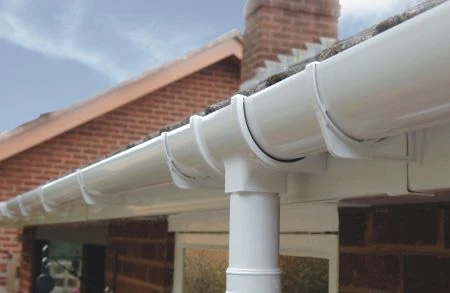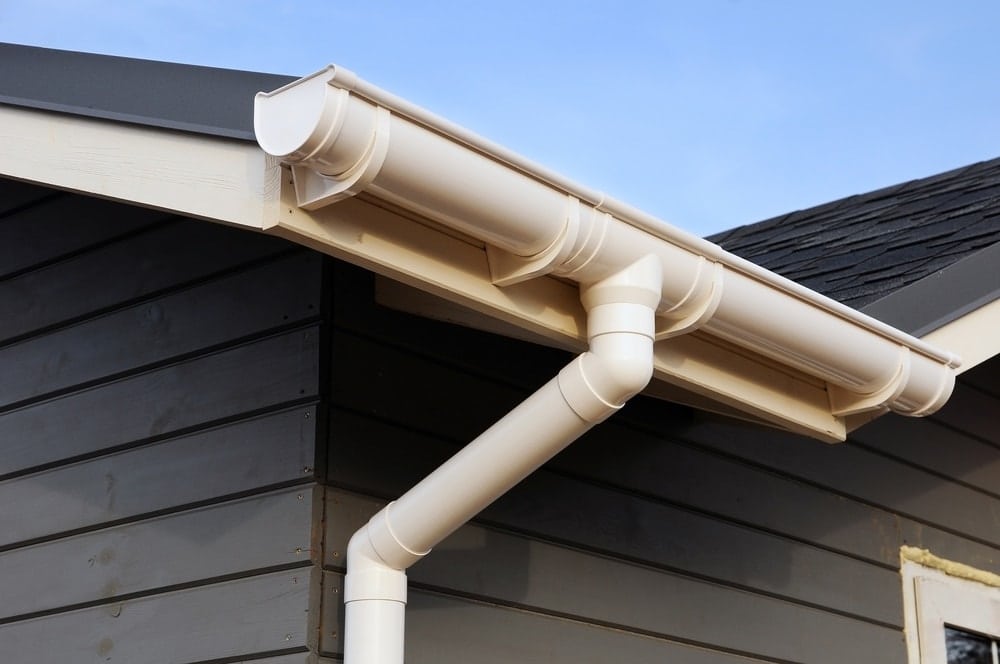
Gutter Services
Add a review FollowOverview
-
Founded Date October 14, 1980
-
Sectors Construction
-
Posted Jobs 0
-
Viewed 53
Company Description
See What Gutter Replacement Tricks The Celebs Are Making Use Of
Gutter Replacement: Why, When, and How to Do It
Gutters play an important function in the stability of a home’s exterior, directing water away from the roof, walls, and foundation. However, just like any part of a house, gutters can wear over time, resulting in the necessity for replacement. This post aims to provide homeowners with thorough information concerning gutter replacement, including signs of wear, different types of gutters readily available, replacement procedures, and FAQs to help make informed choices.
Comprehending Gutters and Their Importance
What are Gutters?
Gutters are narrow channels that run along the edge of the roof. They collect and direct rainwater away from your house to prevent water damage. Effectively working gutters assist to:

- Prevent basement flooding
- Secure siding and windows
- Preserve landscaping
- Avoid mold growth
Why is Gutter Replacement Necessary?
Gutters can experience various issues gradually due to direct exposure to the components. Their materials can rust, obstruct, and even break due to serious weather. Routine inspections can assist to recognize when they need to be repaired or replaced.
Indications You Need Gutter Replacement
Recognizing the signs that show it’s time to change your gutters is crucial. Here are some typical signs:
Visible Damage
- Fractures and Holes: Look for noticeable cracks or holes that may cause leakages.
- Rust or Corrosion: This is specifically common in metal gutters.
- Separation from the House: Gutters ought to be firmly secured; if they are retreating, it may show a structural issue.
Practical Problems
- Overflowing Gutters: If water spills over the sides during heavy rain, this might indicate a clog or structural failure.
- Water Damage: Signs of water damage on walls and ceilings suggest that water is not being diverted far from the home efficiently.
Landscaping Issues
- Erosion and Pooling Water: If soil erosion or pooling near the structure is visible, the gutters might not be transporting water successfully.
Drooping or Angle Issues
- Gutters need to keep a small slope to help in drainage. If they seem sagging or unequal, they might need changing.
Types of Gutters
When it concerns changing gutters, property owners have a number of alternatives. Understanding the numerous types can assist in making an informed choice:
| Type of Gutter | Description | Pros | Cons |
|---|---|---|---|
| Vinyl Gutters | Made from PVC; lightweight and affordable | Cost-effective, rust-proof | Can end up being fragile in severe weather |
| Aluminum Gutters | Light-weight and resistant to rust | Versatile colors and styles | May damage quickly |
| Steel Gutters | Long lasting option; ideal for severe conditions | Strong and long-lasting | Much heavier and susceptible to rust |
| Copper Gutters | Expensive; aesthetically pleasing | Very long lasting, establishes gorgeous patina | High installation and material expense |
| Seamless Gutters | Custom-fitted without joints | Reduces leakages, less maintenance | Needs professional installation |
The Gutter Replacement Process
Changing gutters can be a simple DIY task, or it can need professional support, depending upon the homeowner’s skill level and safety considerations. Here’s a detailed guide to gutter replacement:
Step 1: Gather Necessary Tools and Materials
List of tools and materials to have on hand:
- New gutters (select the type)
- Gutter hangers
- Screws and anchors
- Drill
- Ladder
- Safety goggles
- Level
- Measuring tape
- Caulk
Step 2: Remove Old Gutters
- Carefully remove existing gutters from roof and fascia, making sure that no damage strikes surrounding structures.
- Dispose of any debris and old gutters properly.
Action 3: Measure for New Gutters
- Properly measure the length of each side of the roof to guarantee the brand-new gutters fit effectively.
Step 4: Install New Gutters
- Set up the gutter wall mounts with a minor slope towards the downspouts.
- Secure the gutters in place, consulting a level to preserve the correct angle.
Step 5: Attach Downspouts
- Cut sections of downspout to length and protect them to the gutters and the wall of the home, ensuring they direct water away from the structure.
Action 6: Test for Proper Function
- Run water through the gutters to ensure they are draining correctly and look for leakages.
FAQs About Gutter Replacement
1. How frequently must gutters be replaced?Gutters can last in between 20 to
50 years, depending on material and maintenance. Regular assessments can help gauge when replacement is required. 2. Can I replace gutters myself?Yes, if you have
the right tools and feel comfortable
operating at heights. Nevertheless, working with professionals is advisable for security factors and to guarantee correct installation. 3. What takes place if I don’t replace my gutters?Neglecting gutter replacement can result in considerable
water damage, mold development, and pricey repairs to the home’s foundation. 4. Are seamless gutters worth the investment?While they might cost more upfront, seamless gutters decrease the risk of leakages and need
less maintenance, making them a beneficial financial investment. 5. How do I keep my new gutters?Regular cleaning to get rid of debris, examining for blockages, and inspecting for damage after serious weather condition will extend the life of your gutters. Changing gutters is an essential element of home
maintenance that directly influences the longevity and safety of the home. By acknowledging the signs of wear, understanding the kinds of gutters
offered, and following the replacement process, house owners can protect their residential or commercial property from water damage efficiently. Provided the significance of correctly operating gutters, timely replacement can conserve property owners considerable costs and guarantee a safe living environment.
